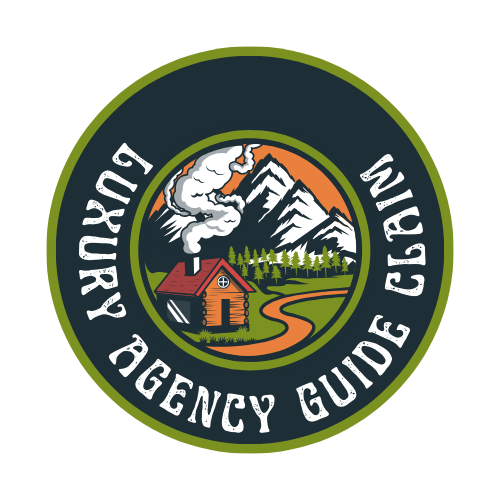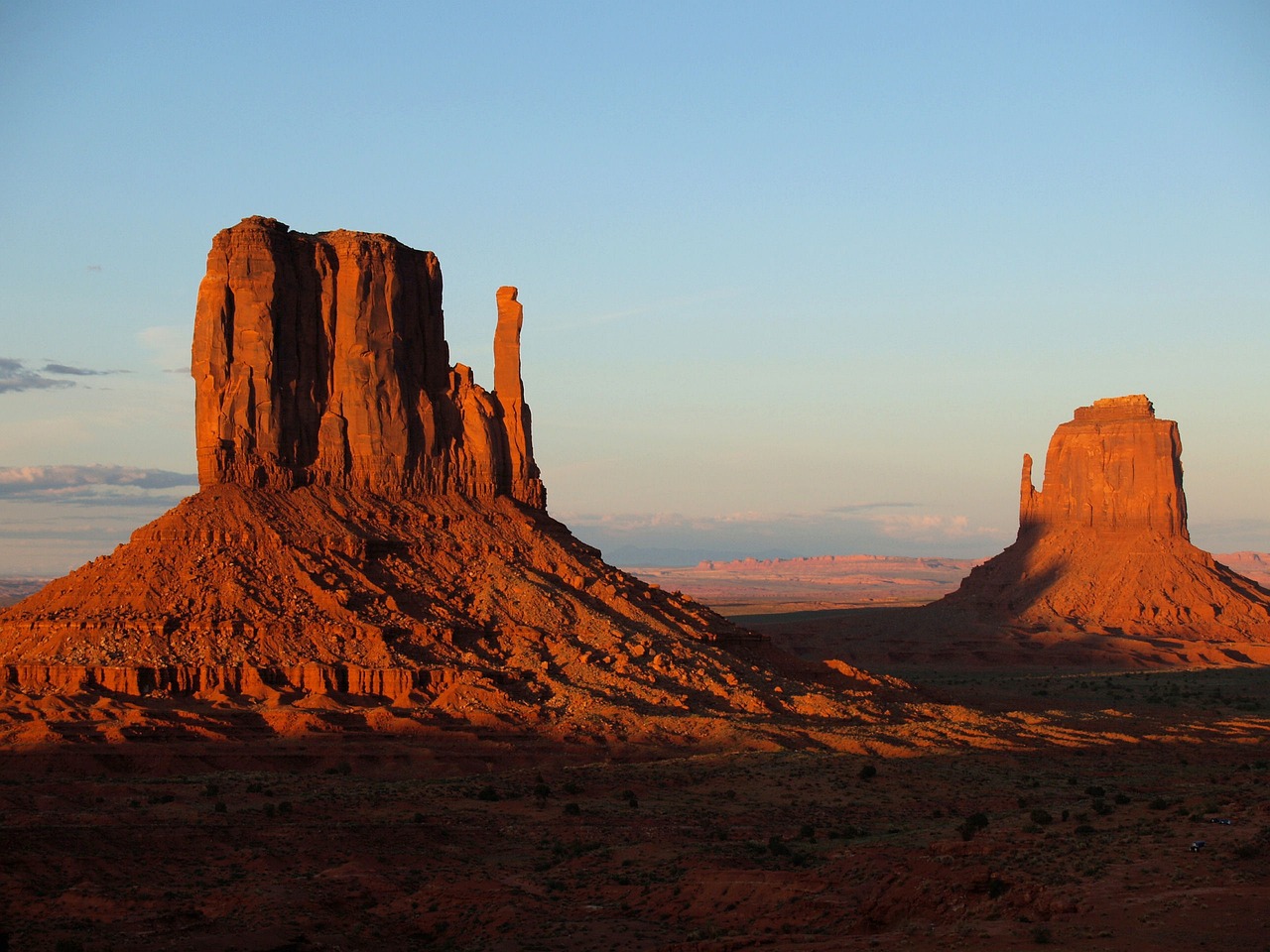Situated in the southernmost part of Florida, Everglades National Park is one of the most distinctive and ecologically significant areas in the United States. Spanning over 1.5 million acres, the park preserves a unique landscape where water, land, and wildlife come together in an intricate and beautiful web of life. From its expansive wetlands to its mangrove forests, the Everglades offers visitors the chance to explore a rare ecosystem that is home to a variety of endangered species, unique flora, and fascinating natural features.
The Everglades Ecosystem
The Everglades is often described as a river of grass, with slow-moving water flowing south from Lake Okeechobee into Florida Bay. The landscape is a dynamic blend of sawgrass prairies, freshwater sloughs, mangroves, and hardwood hammocks. These diverse habitats create an environment that supports a remarkable range of species, some of which are found nowhere else on Earth.
One of the most iconic features of the Everglades is the mangrove forests, which line the coast and provide vital nesting grounds for birds and shelter for fish. The Everglades also contain large areas of wetlands, which act as important natural filters, improving water quality and providing a habitat for many species.
Wildlife of the Everglades
Home to a rich variety of wildlife, the Everglades is an essential refuge for both land and water creatures. The park is famous for being one of the largest subtropical wilderness areas in North America, offering shelter to many endangered and threatened species.
- American Alligator: One of the most well-known residents of the Everglades, the American alligator is an apex predator that plays a crucial role in maintaining the health of the ecosystem. Visitors are often lucky enough to spot these reptiles basking in the sun or swimming in the park’s wetlands.
- Florida Panther: The Florida panther, an endangered species, is one of the most elusive and rare creatures in the Everglades. Though sightings are infrequent, the park is one of the last remaining places where these big cats can be found in the wild.
- Manatee: The West Indian manatee is another key species in the Everglades, especially in the park’s coastal and shallow waters. These gentle, herbivorous mammals can often be seen near the mangrove-lined shores.
- Birds: The Everglades is a critical habitat for many bird species, including the roseate spoonbill, wood stork, and great egret. The park is a major stopover for migratory birds, making it an essential location for birdwatching enthusiasts.
- Insects and Aquatic Life: The Everglades is also teeming with diverse insects, including mosquitoes, which are abundant in the warmer months, and other creatures such as fish, frogs, and snakes. The park’s freshwater and brackish waters provide vital breeding grounds for fish species, including tilapia and bass.
Things to Do in Everglades National Park
Everglades National Park offers a range of activities for visitors seeking to explore this unique wilderness, whether by land, water, or air.
- Airboat Tours: One of the most popular ways to explore the Everglades is by airboat. These flat-bottomed boats glide across the shallow waters of the park, providing an exciting and efficient way to spot wildlife, including alligators and birds. Many guided tours are available, offering insight into the park’s history, ecosystems, and species.
- Hiking and Trails: While much of the Everglades is water, there are several trails that allow visitors to explore the park’s landscapes on foot. Trails like the Anhinga Trail offer the chance to walk through the sawgrass marshes and wetlands while observing the diverse bird species and wildlife that inhabit the area.
- Canoeing and Kayaking: For a more intimate experience, visitors can rent canoes or kayaks to paddle through the park’s waterways. This offers a peaceful way to explore the wetlands, mangrove forests, and small islands while observing the park’s wildlife up close. Paddling through the Nine Mile Pond or the Wilderness Waterway is a favorite choice for adventurers.
- Wildlife Watching: The Everglades is a prime location for wildlife observation. Early mornings and evenings are particularly good times for spotting animals, as many species are most active during these cooler times of day. Look out for alligator sightings, as well as birdwatching opportunities for species like herons, pelicans, and egrets.
- Camping: For those who want to immerse themselves in the natural surroundings, camping is a great option. The park has several campgrounds, including Long Pine Key Campground, which is ideal for tent camping, as well as backcountry sites accessible only by boat or on foot. Spending a night under the stars in this wilderness setting offers a truly unique experience.
- Fishing: Fishing is a popular activity in the Everglades, where visitors can try their hand at both freshwater and saltwater fishing. The park offers various opportunities to fish for species such as tarpon, snook, trout, and bass. Fishing is regulated, so make sure to follow all the park’s guidelines.
- Visit the Ernest F. Coe Visitor Center: For an introduction to the park’s history and ecology, stop by the Ernest F. Coe Visitor Center. The center offers exhibits, maps, and helpful information on the park’s trails, tours, and wildlife. It’s a great starting point for any visit to the Everglades.
Best Time to Visit
The Everglades has a tropical climate, and the best time to visit largely depends on what you want to experience.
- Winter (December to April) is considered the dry season, with cooler temperatures and fewer mosquitoes. This is the most popular time to visit, as wildlife is more concentrated around water sources, and the weather is more comfortable for outdoor activities.
- Summer (May to November) is the wet season, characterized by higher temperatures, humidity, and frequent afternoon thunderstorms. While this time can be hot and buggy, it’s also when the Everglades’ lushness is at its peak, and there’s an abundance of wildlife.
How to Get There
The Everglades is located about 40 miles west of Miami, Florida, making it easily accessible from the city. The park is reached via U.S. Highway 41 (Tamiami Trail), and visitors can access different parts of the park from several entrance points, including the Ernest F. Coe Visitor Center and Shark Valley. The nearest airports are Miami International Airport and Fort Lauderdale-Hollywood International Airport.
Travel Tips
- Mosquitoes: Prepare for mosquitoes, especially during the wet season. Wear long sleeves, use insect repellent, and bring netting or other protective gear if you plan to spend a lot of time outdoors.
- Hydrate and Protect Yourself: The Florida sun can be intense, so bring plenty of water, sunscreen, and hats to stay cool and protected while exploring.
- Respect Wildlife: Keep a safe distance from all wildlife, particularly alligators. Do not approach or feed animals, and follow the park’s rules for safe and responsible wildlife viewing.
A Rare Ecosystem Worth Protecting
Everglades National Park is a natural wonder that offers an extraordinary opportunity to experience one of the world’s most important wetland ecosystems. Its diverse habitats, rich wildlife, and unique landscapes make it a destination unlike any other, drawing visitors who wish to connect with nature in a deep and meaningful way. Whether paddling through its waterways, hiking its trails, or observing its wildlife, a visit to the Everglades is a chance to discover the beauty and fragility of this remarkable wilderness.

